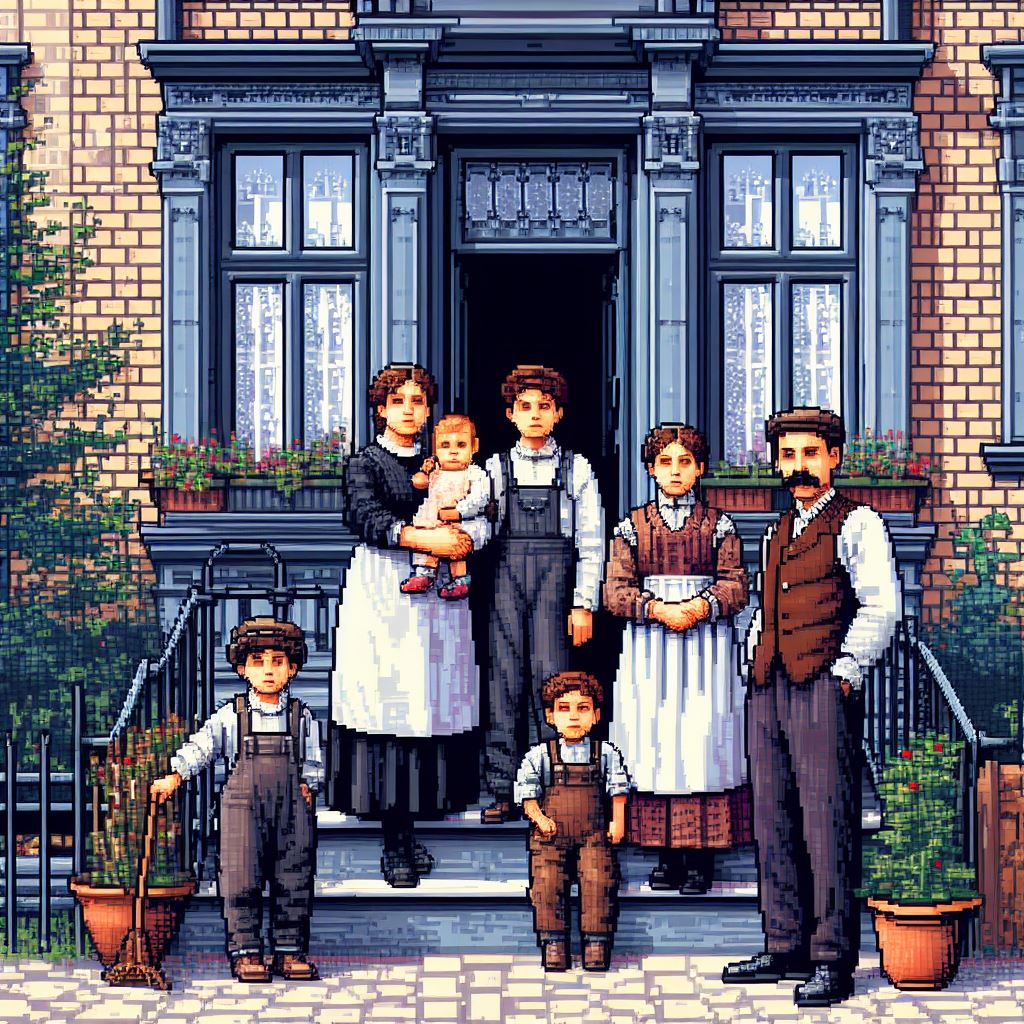
I saw a post over at The Genetic Genealogist about this and I thought it’d be interesting to check my information.Though, it’s kind of a downer since I don’t really know exactly where my Y-DNA or my mtDNA was in 1808. I can only trace my Zalewski line back to about 1858 with Frank J. Zalewski, in what I think is Prussia (which could be many things.) I’d guess it was in the same general area, so it turns out to be about 4487 miles away traveling at about 22.5 miles per year.
My mtDNA line only goes back to about 1852 with the birth of Ida Schwinte, also in Prussia. I’m guessing the German part of Prussia on this one compared to the Russian/Polish part for my Y-DNA. I can really only assume it’s about the same distance, give or take a few hundred miles.
Well, this didn’t turn out to be as exciting as I though, but it’s still interesting to think about. I have many other lines traced back much further, but just not these two. Maybe it will help spark me to work more on these lines (though I’ve always had an urge to research my Zalewski line more.)
So, how about you? Where was your Y-DNA and mtDNA in 1808?

